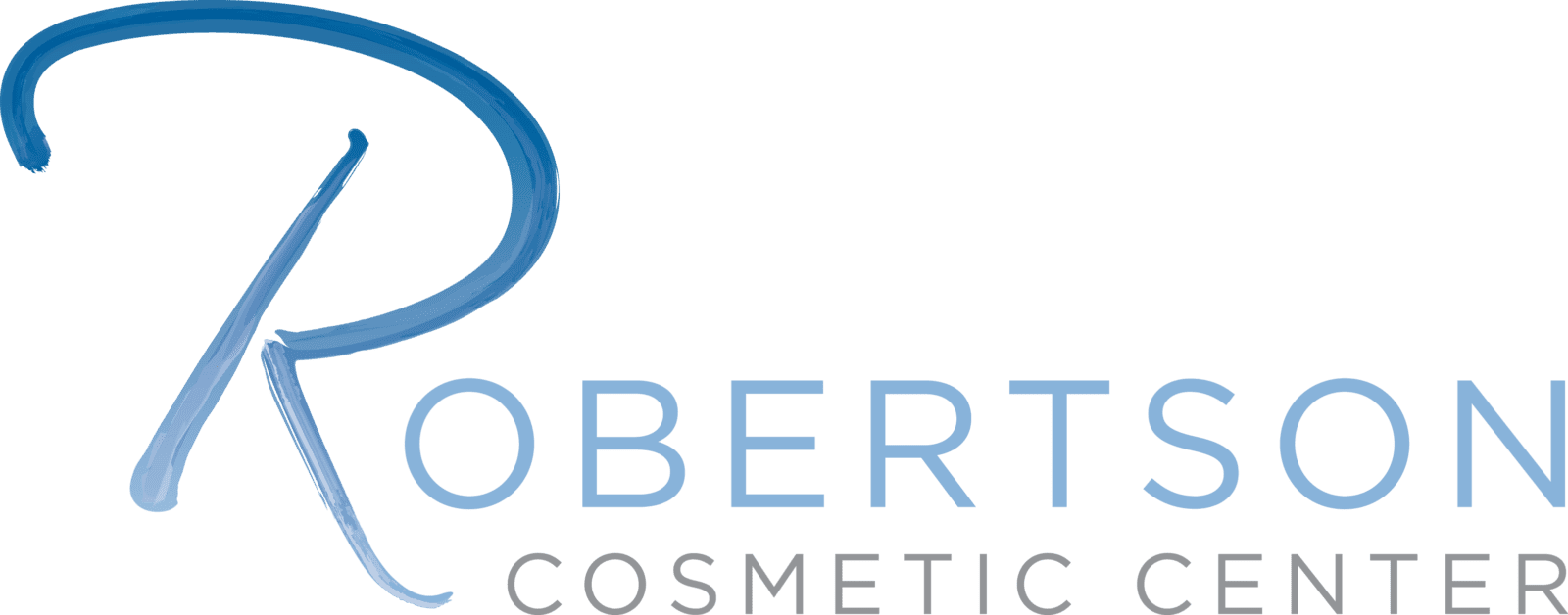The facial aging process is often described as the result of deflation and descent. Deflation is the volume loss from resorption of the boney skeleton, as well as atrophy of the discrete fat pads of the midface. The face loses its youthful fullness, the eyes tend to look increasingly gaunt, and the skin loses its healthy luminance as the underlying projection is lost. Deflation typically begins in the mid-thirties, and accelerates in the forties and fifties. Therefore many patients begin to see facial aging in their cheeks in this timeframe, as well as deeper folds that run from the nose to the corner of the mouth. Descent of the soft tissues also occurs because of this loss of volume, as well as a result of the loss of the integrity of the remaining structures of the facial anatomy. For example, ligaments in the face begin to stretch, muscles begin to elongate and fall, and the skin becomes unsupported and heavy. The aging face is the result of the appearance of nasolabial folds and marionette lines, progressive jowls, and the appearance of bands or cords in the neck. When deflation and descent are evident, the face changes from a full, “heart-shaped” youthful structure to a heavier, rectangular presence. In summary, the face loses some degree of its high cheekbones, elegant jawline, defined neck angles and healthy skin tone.
Because facial aging is different for each individual, a facelift can be customized to correct those aspects of deflation and/or descent that require restoration. At Robertson Cosmetic Center, the facial aging services include: microlifts, minilifts, midfacelifts and conventional facelifts.
At Robertson Cosmetic Center a microlift is for those patients who are just beginning to see facial aging, particularly limited to the early jowls. A microlift requires a limited incision along the junction of the ear and the facial skin, effectively hiding the entire scar line. Limited elevation of the skin allows access to the tissue immediately below, called the SMAS (superficial muscular aponeurotic system) and the platysma muscle. Both of these structures are elevated and repositioned to restore tension and definition to the jawline and chin-neck junction. The advantage of a microlift is that it requires only one week of recovery, generates minimal discomfort, and can even be done in a clinic setting under local anesthesia. The disadvantage is the limited longevity of results, the modest degree of improvement and the concise correction limited to only the jawline and high neck.
The midface is defined to include the transition from the lower eyelid to the cheek, the cheek projection, and the nasolabial fold. Therefore a midface lift specifically elevates the soft tissues of the cheek to smooth the dark circles under the eyes, restores the high cheekbone of youth and softens the depth of the nasolabial fold. Midface surgery is done in conjunction with other surgeries that allow hidden incisions. Specifically, the lift is achieved through a lower eyelid approach (transblepharoplasty) when heavy fat pads are present in the lower lid, or in conjunction with a forehead lift (transtemporal) when the brow is also rejuvenated. It’s important to recognize that a midface facelift does not address aging changes in the jawline or neck.
A conventional facelift thoroughly rejuvenates the aging changes that develop in the cheek, midface, jawline and neck. Incisions are meticulously hidden around the contours of the ear and hairline to remain inconspicuous even with the hair pulled back. The skin and underlying SMAS and platysma muscle are then gently elevated together in order to maximize the result. This deep plane approach, combined with liposuction, if needed, and direct correction of the bands under the neck has been scientifically proven to provide the safest, most natural, most comprehensive, and most lasting option for facial rejuvenation. As mentioned earlier, some patients may also experience a great deal of volume loss with aging. Therefore in these cases, a lipotransfer of fat can be simultaneously performed to restore youthful volume to the repositioned cheek, deep folds or sunken facial transitions. A conventional facelift allows patients to return to social requirements within two weeks, and can be combined with eyelid surgery, brow surgery or even conservative skin resurfacing for even more complete rejuvenation. Our facelift patients unveil appropriately refreshed and revitalized versions of their younger selves, without extreme tendencies of an operated, image-altering look.

